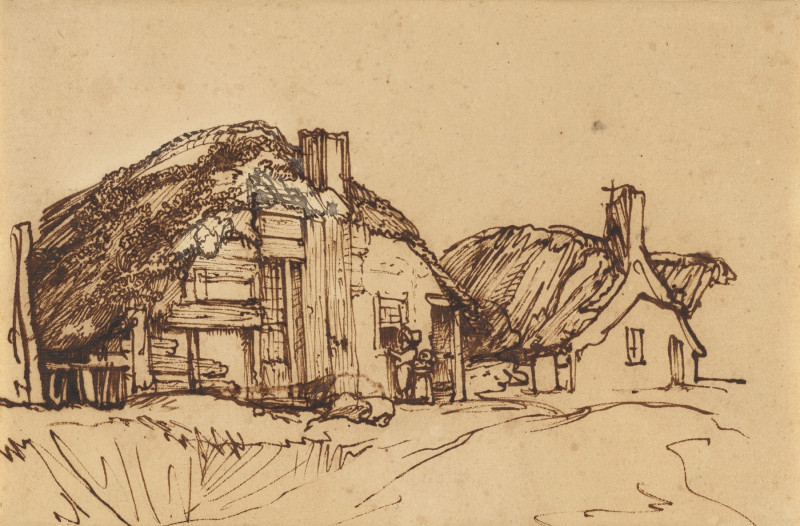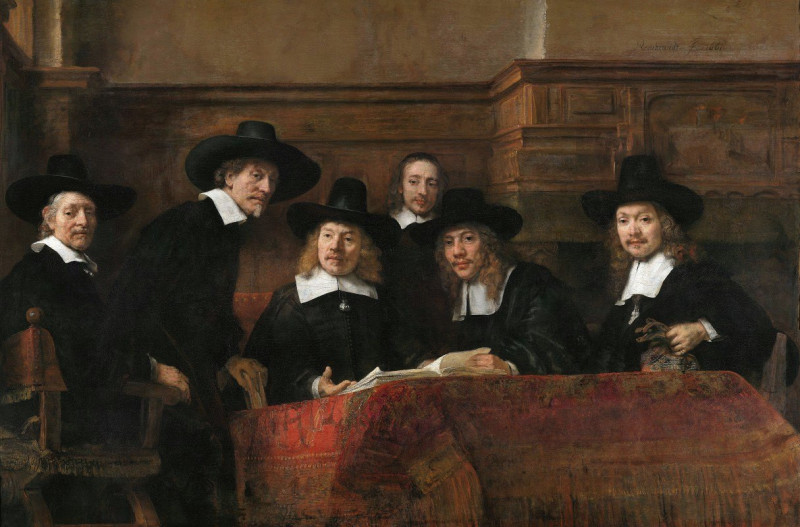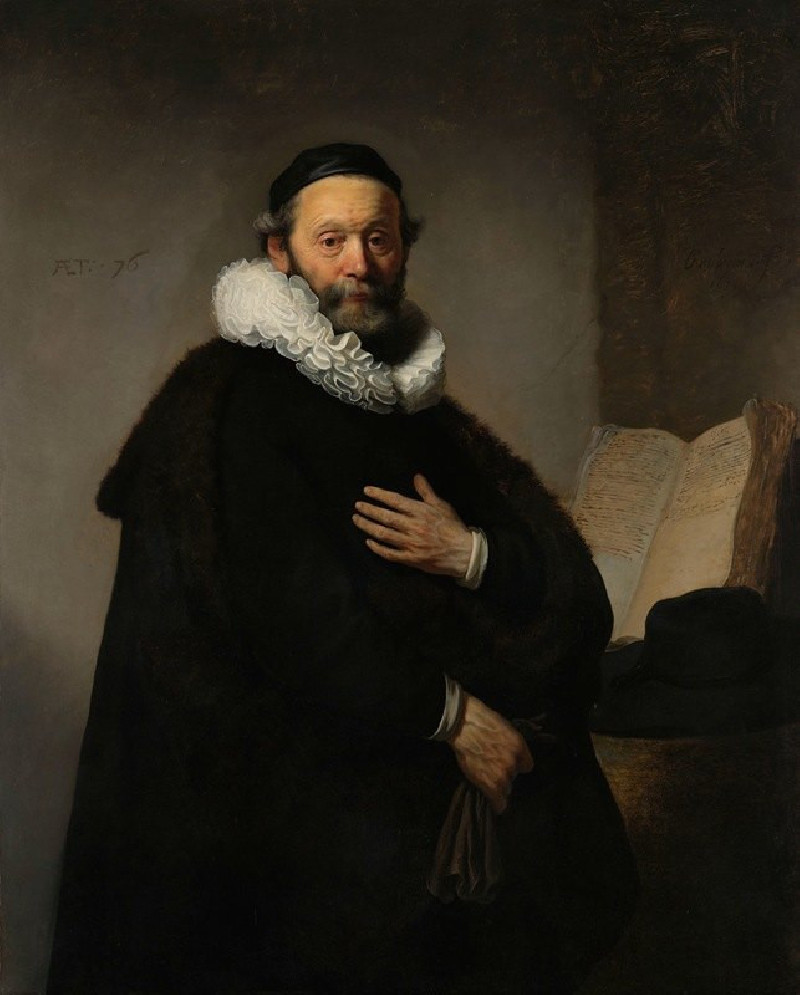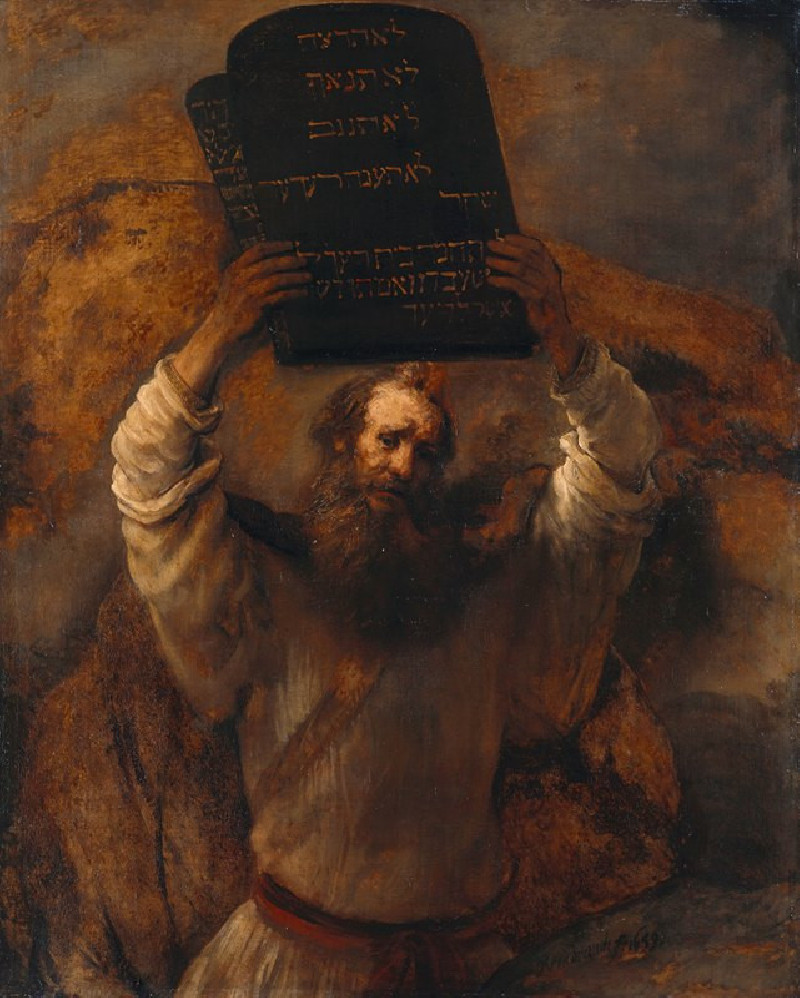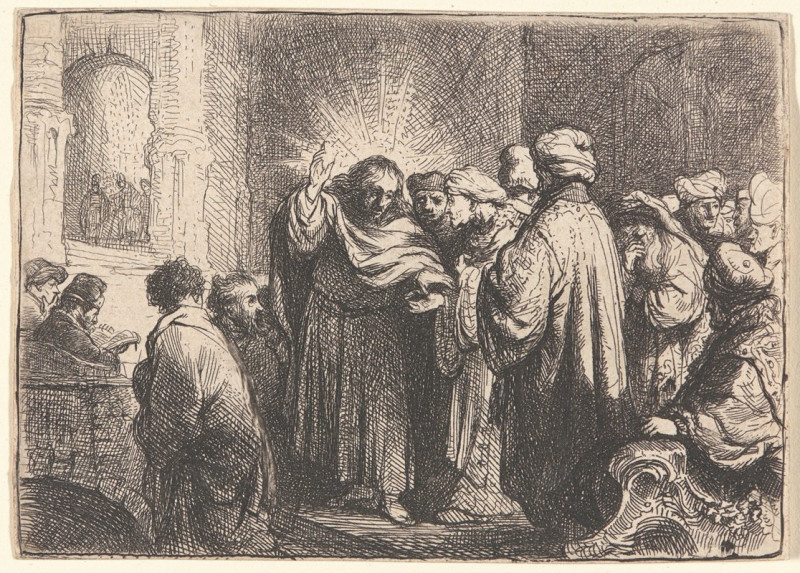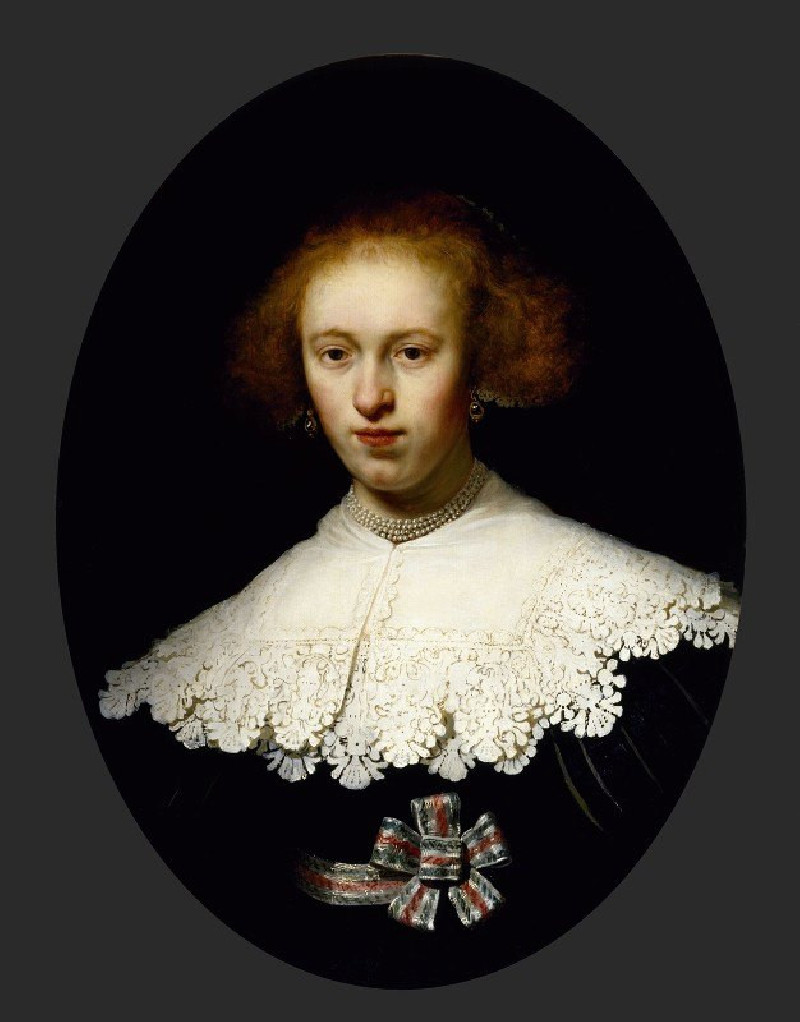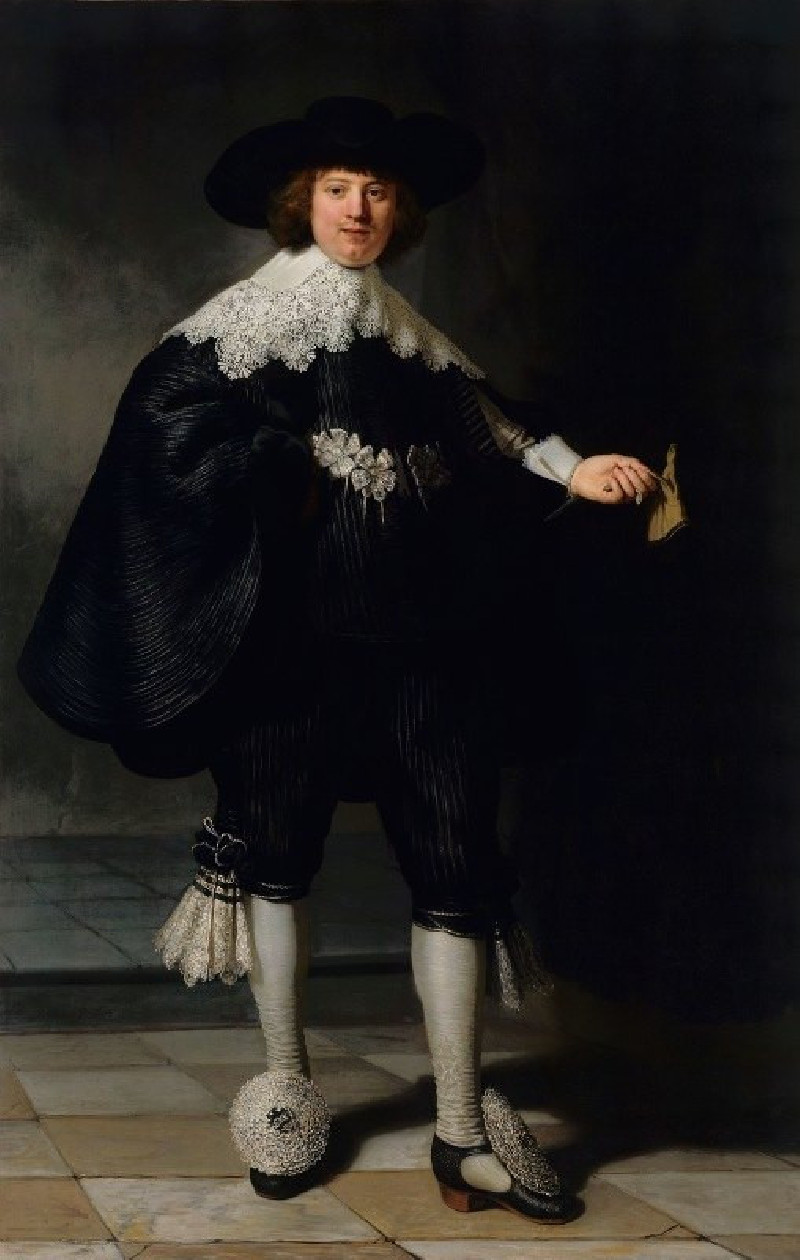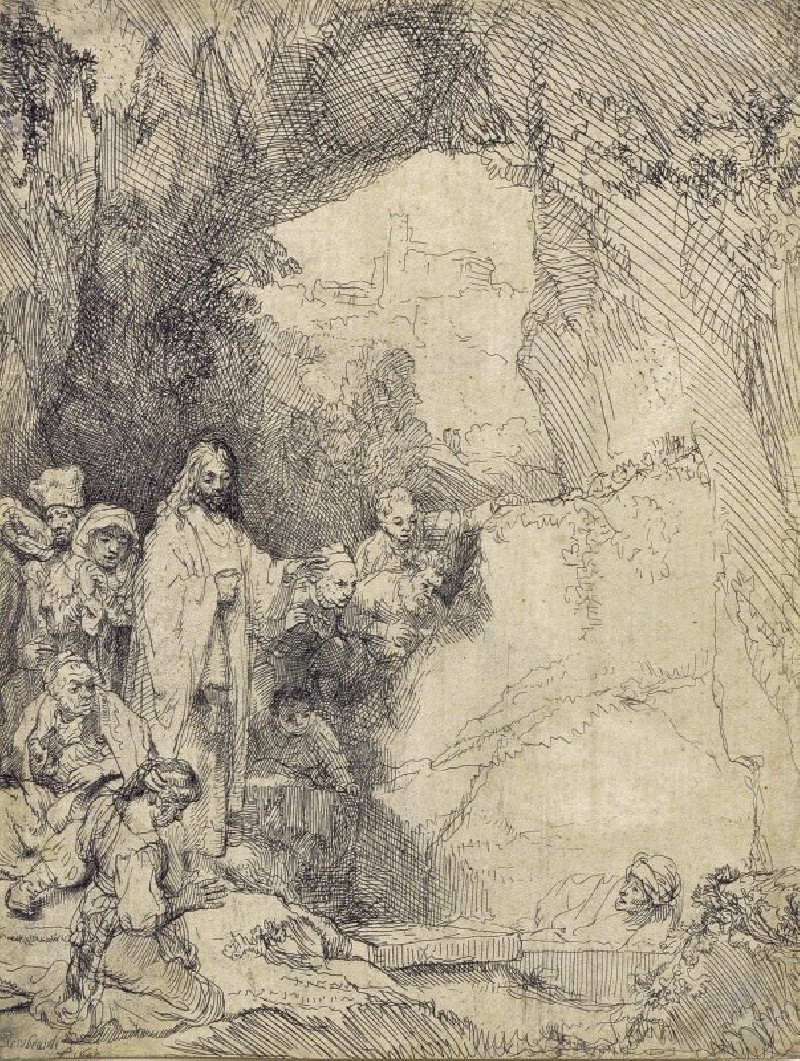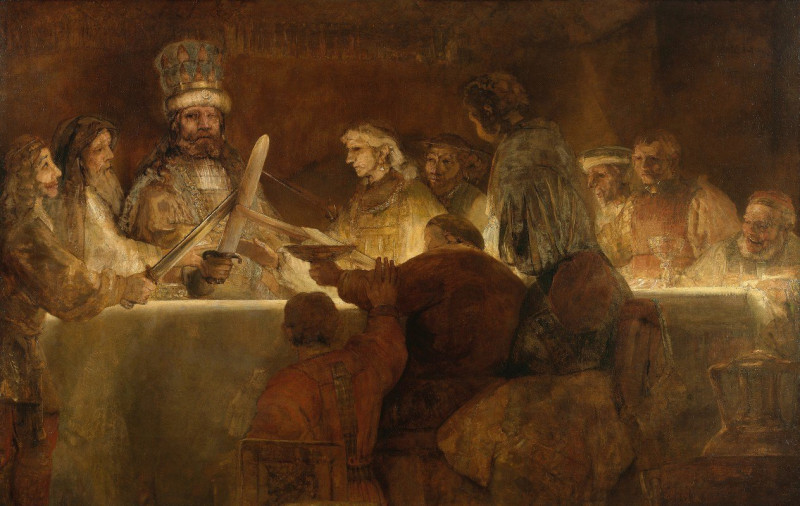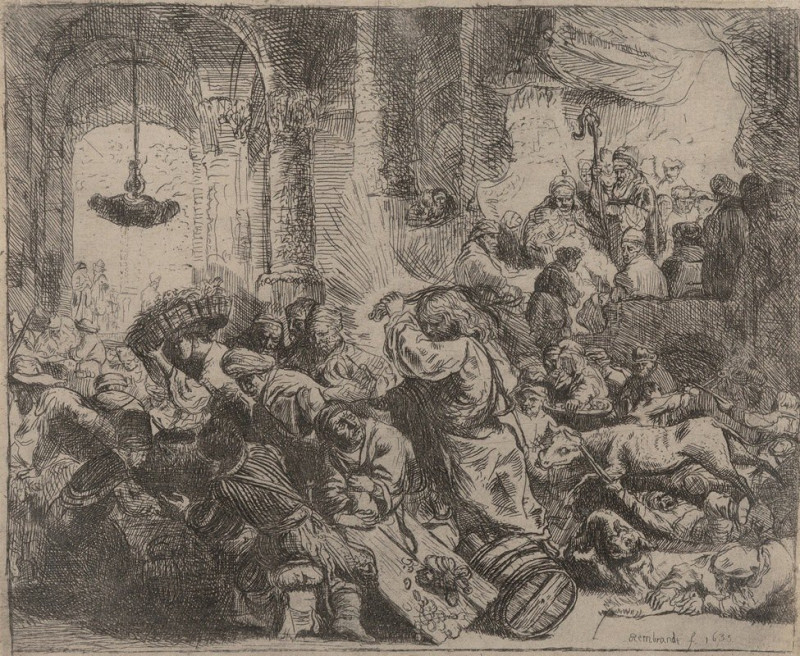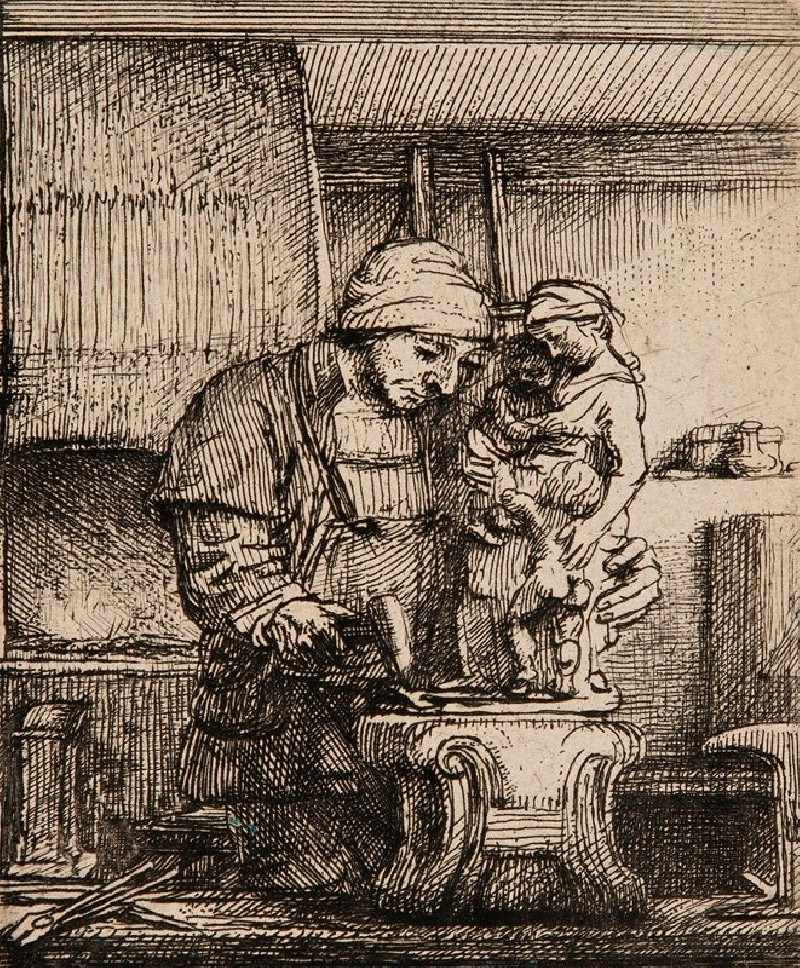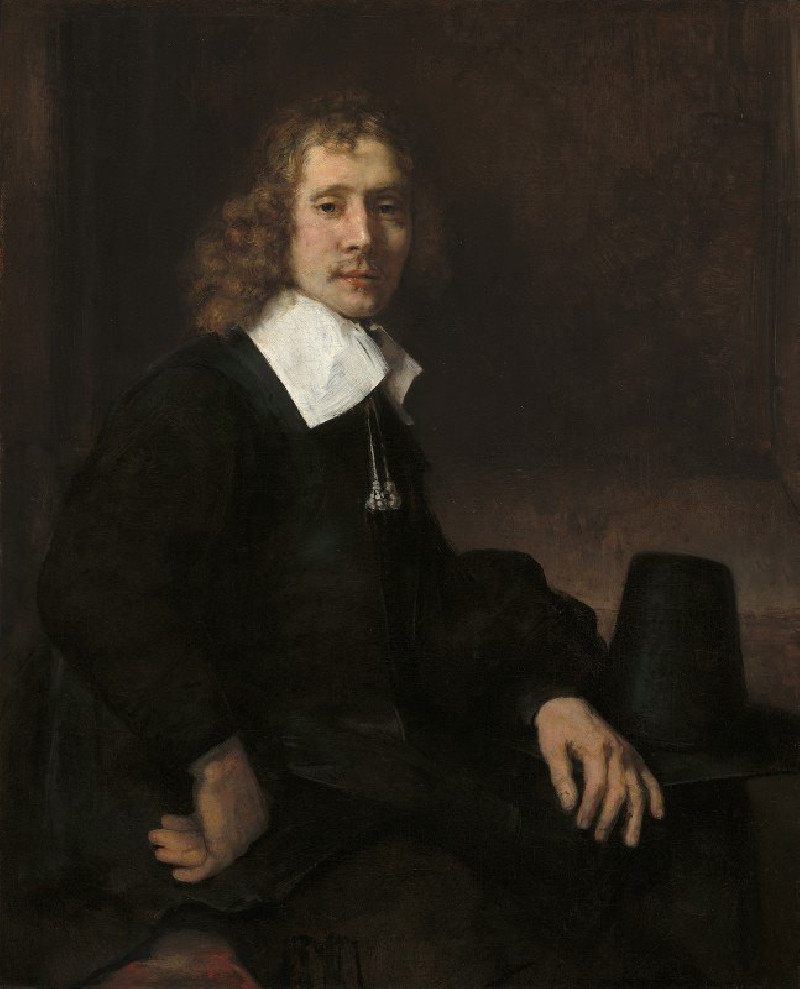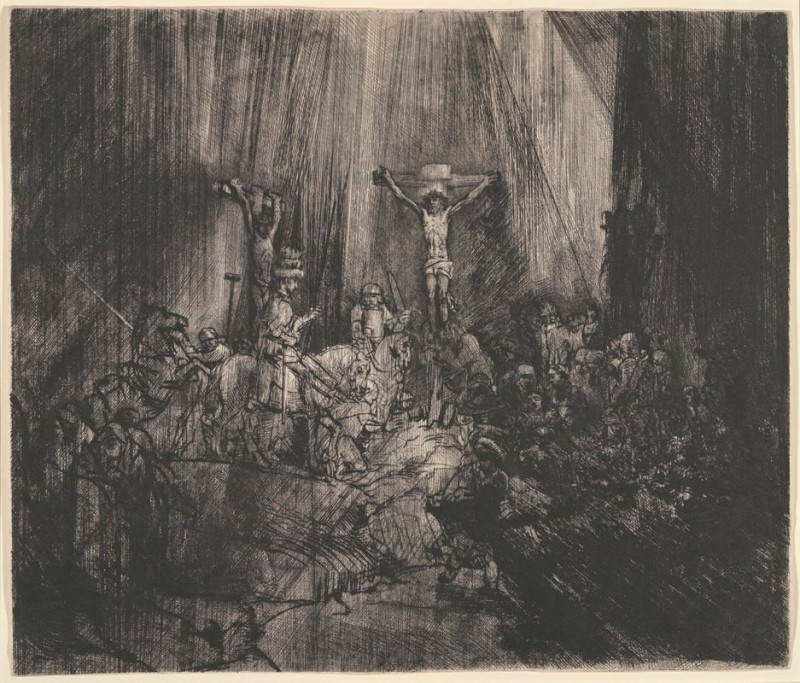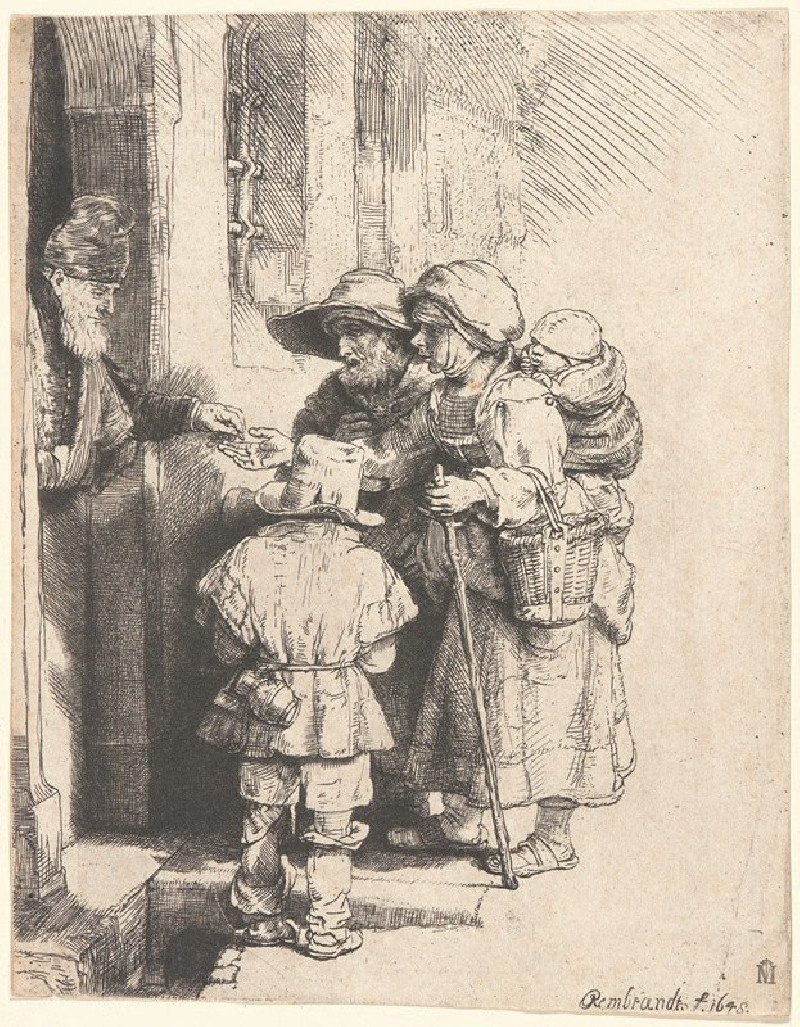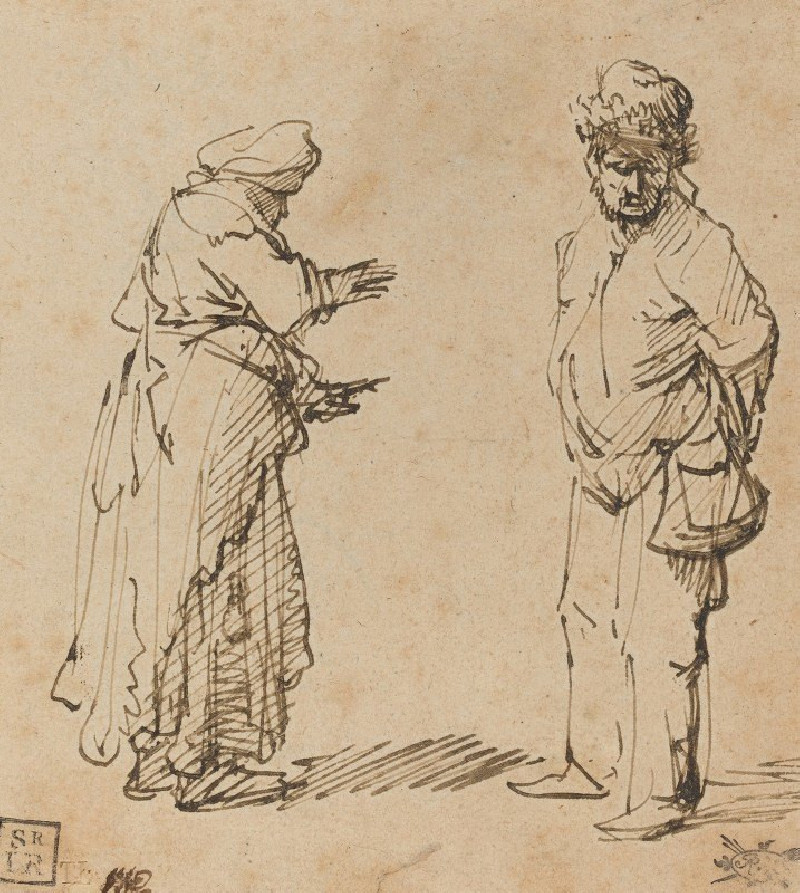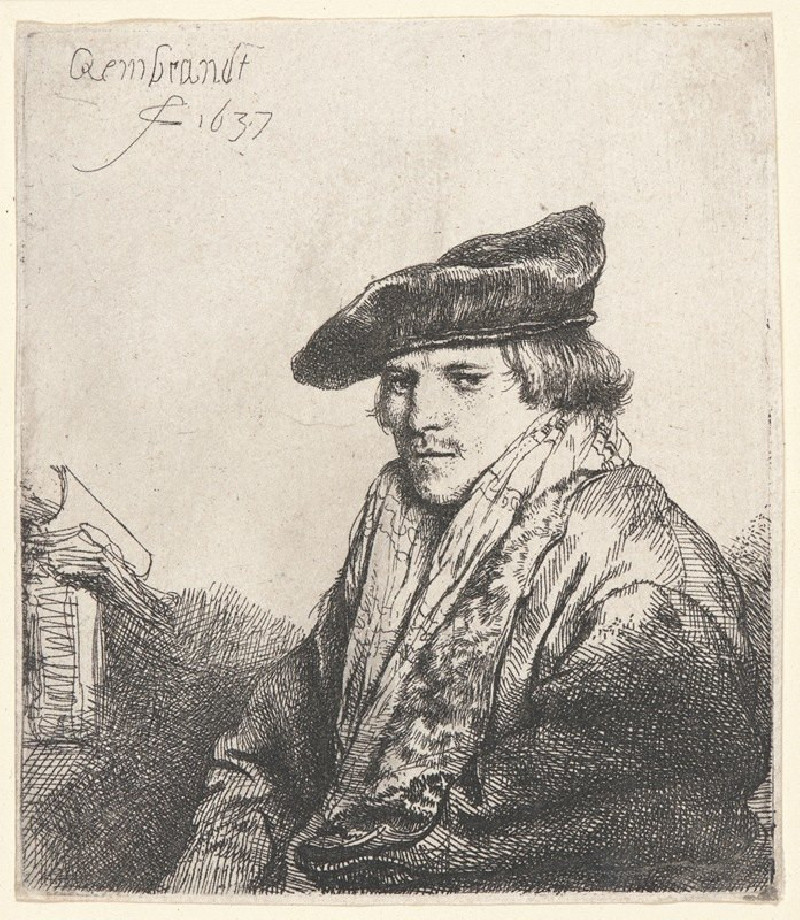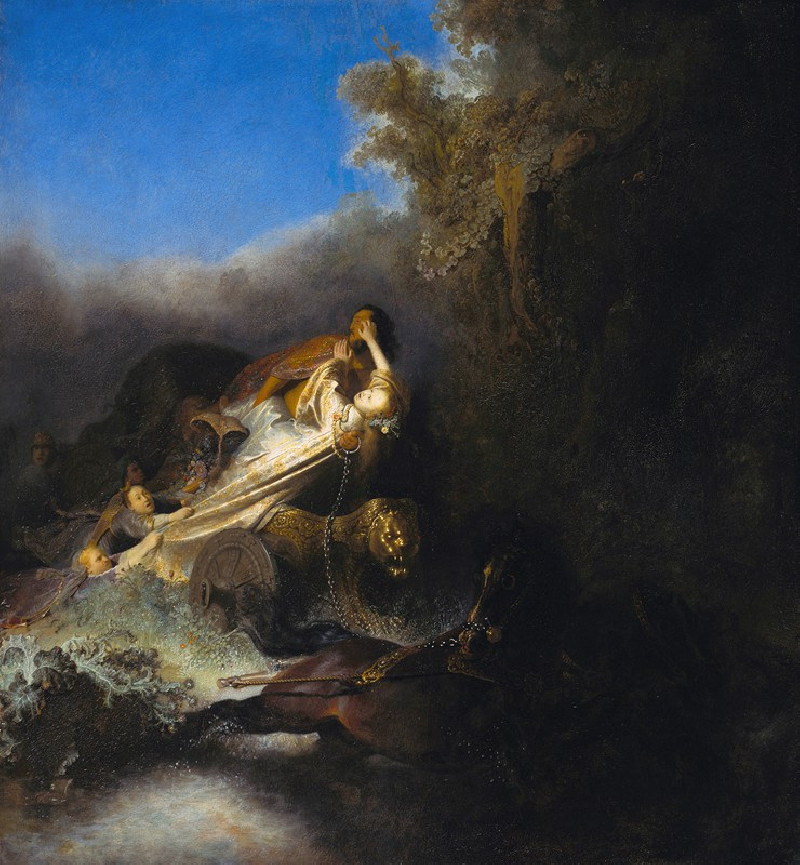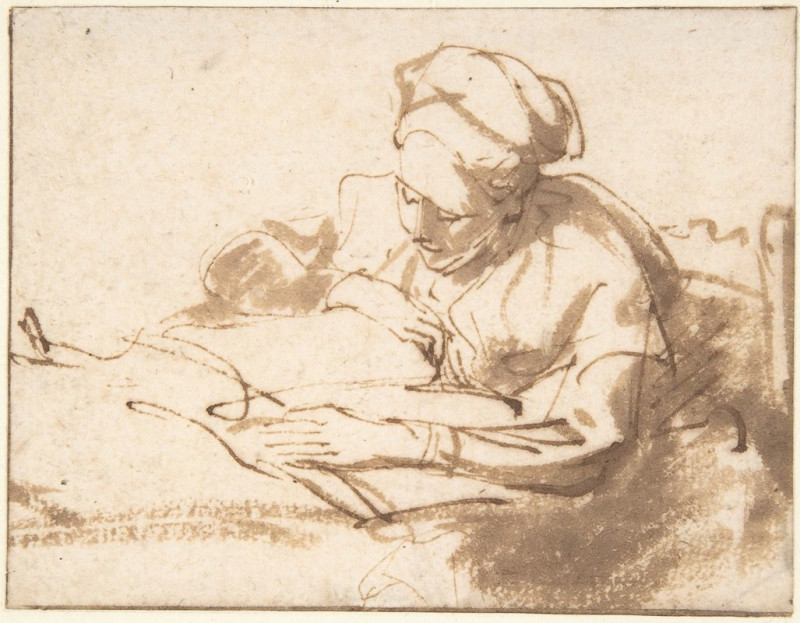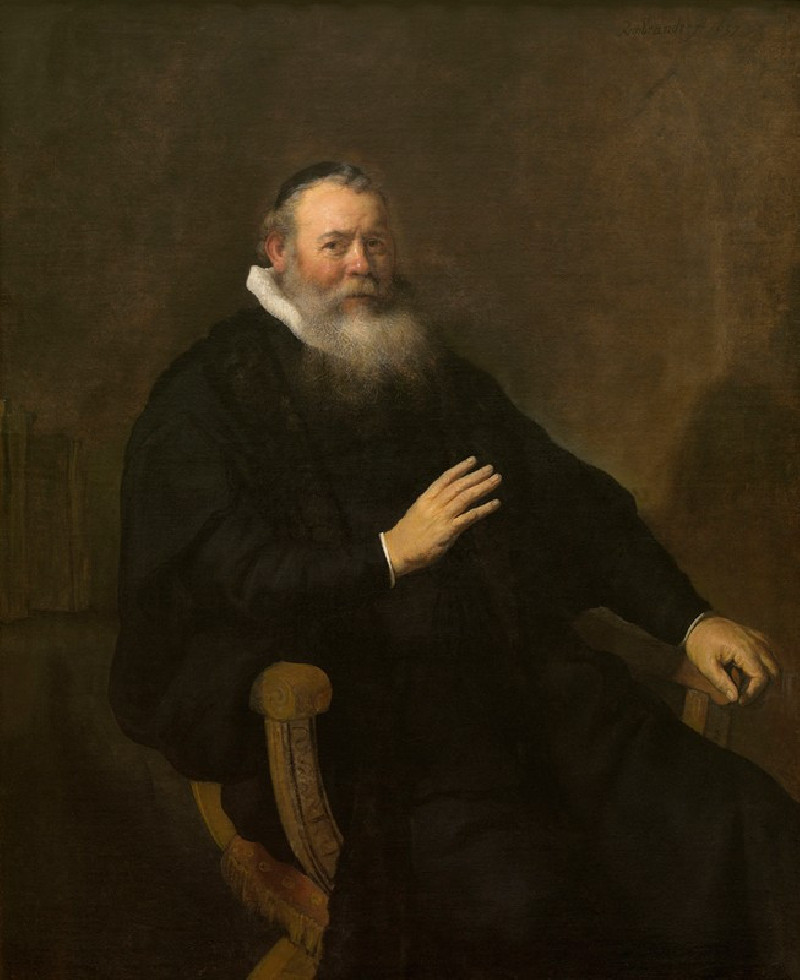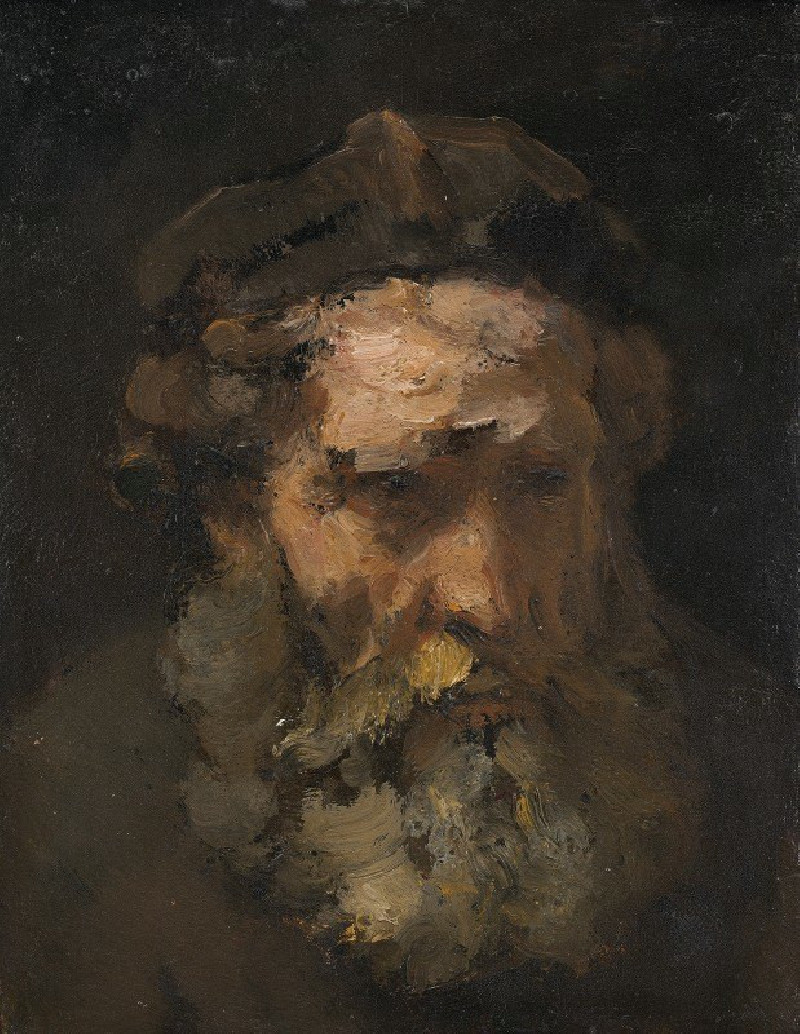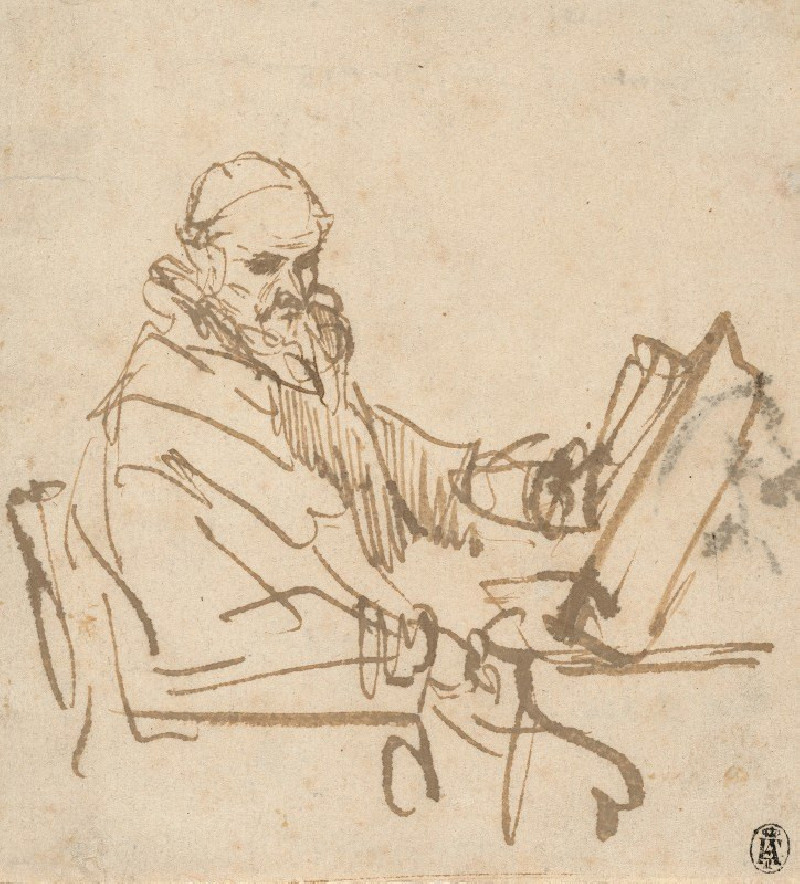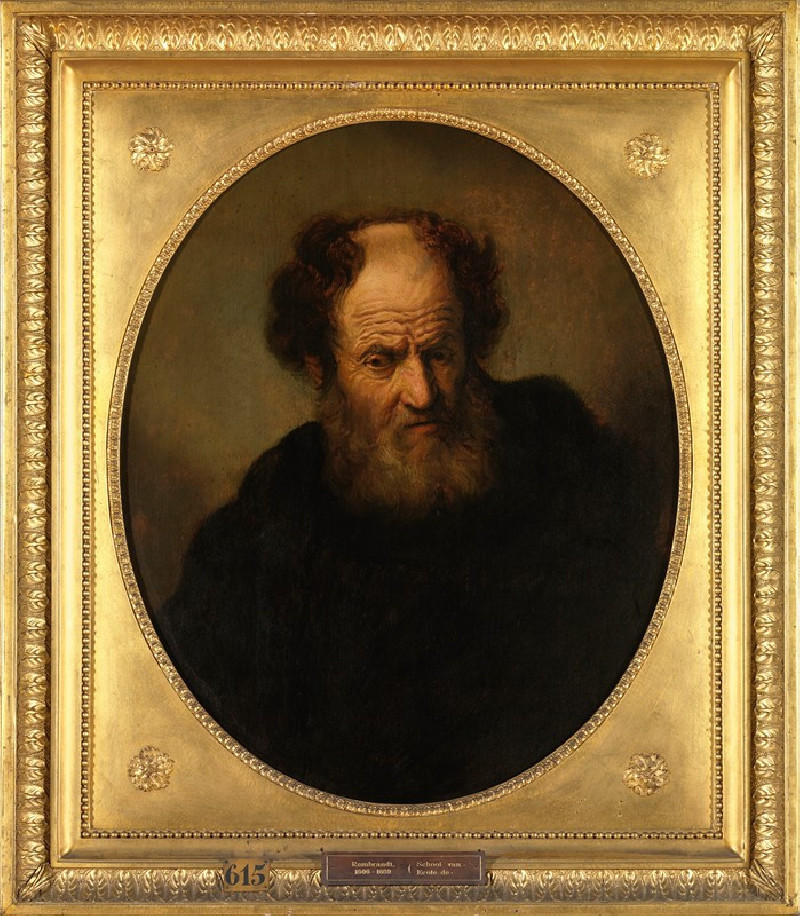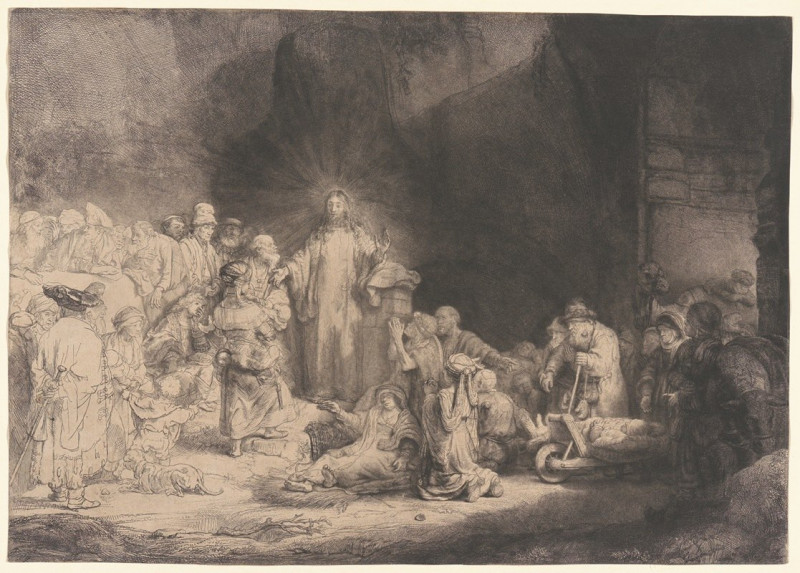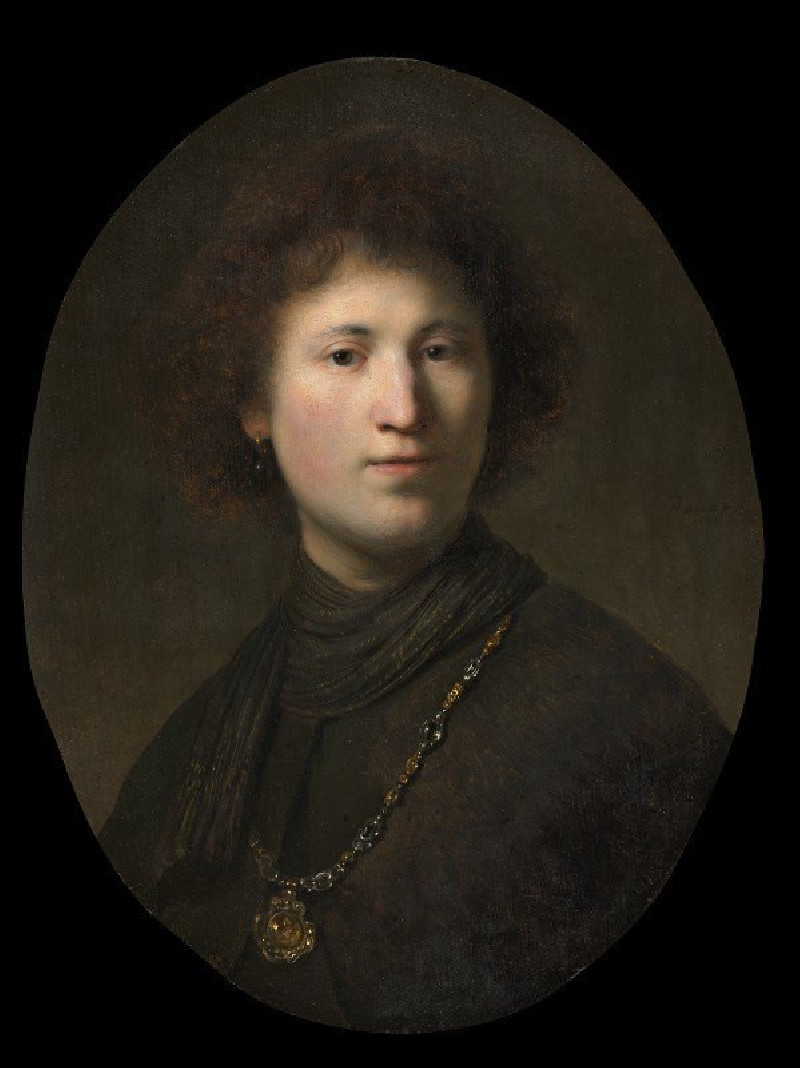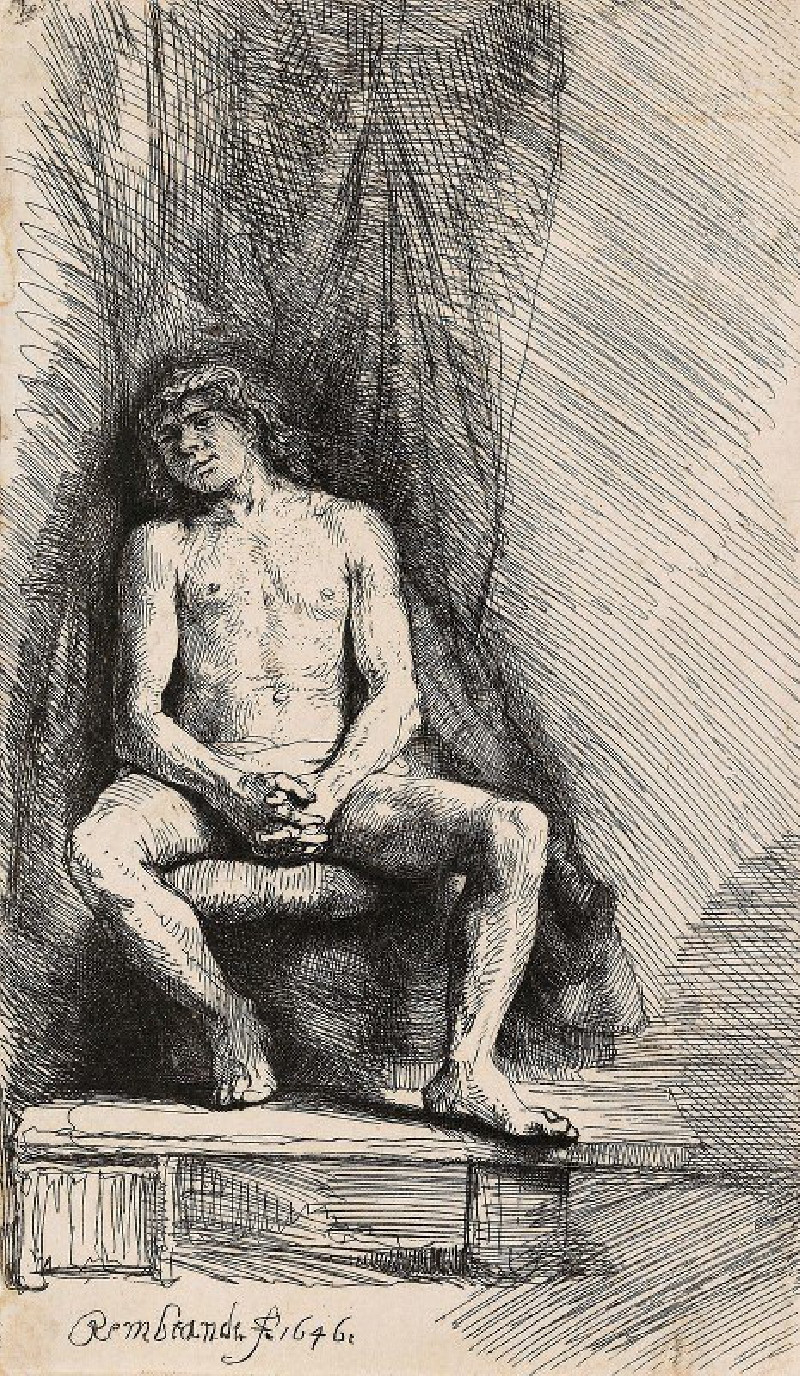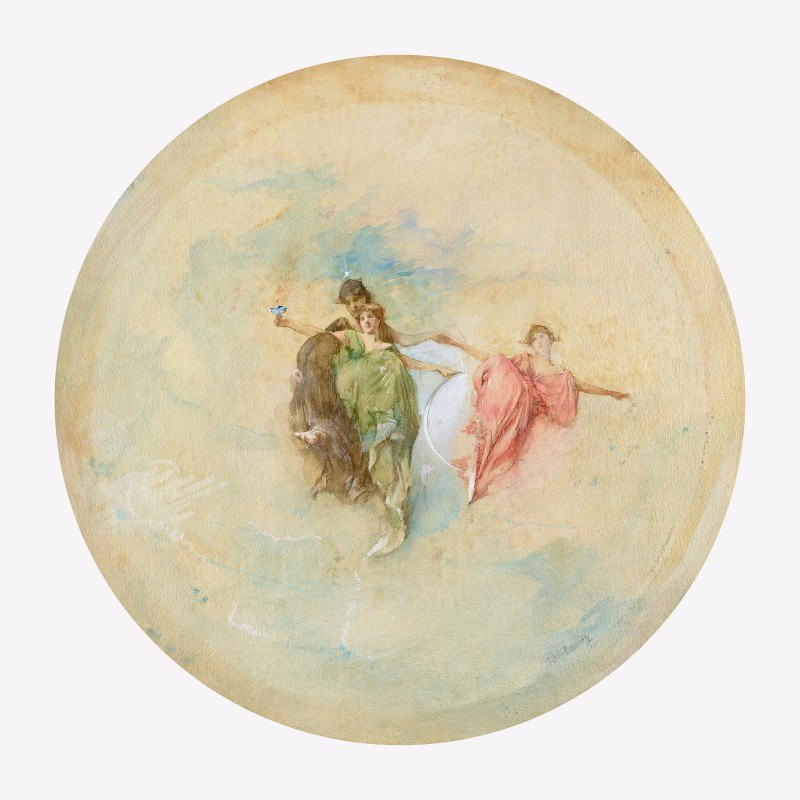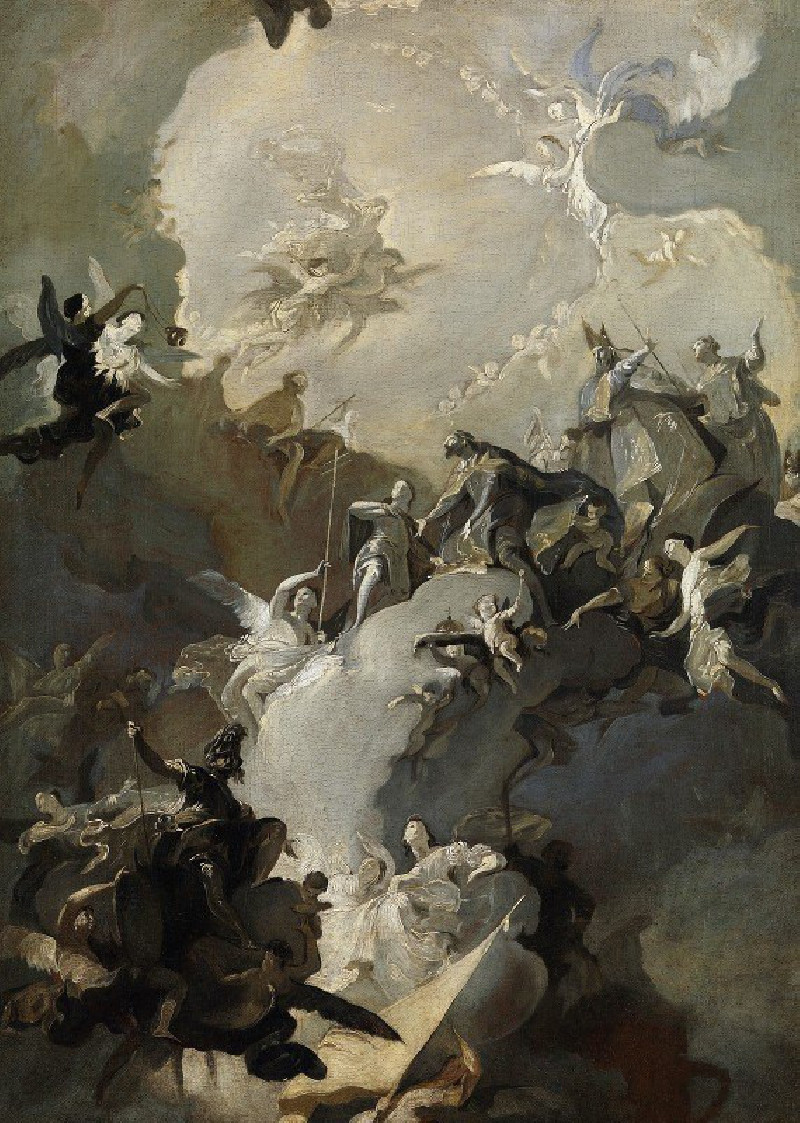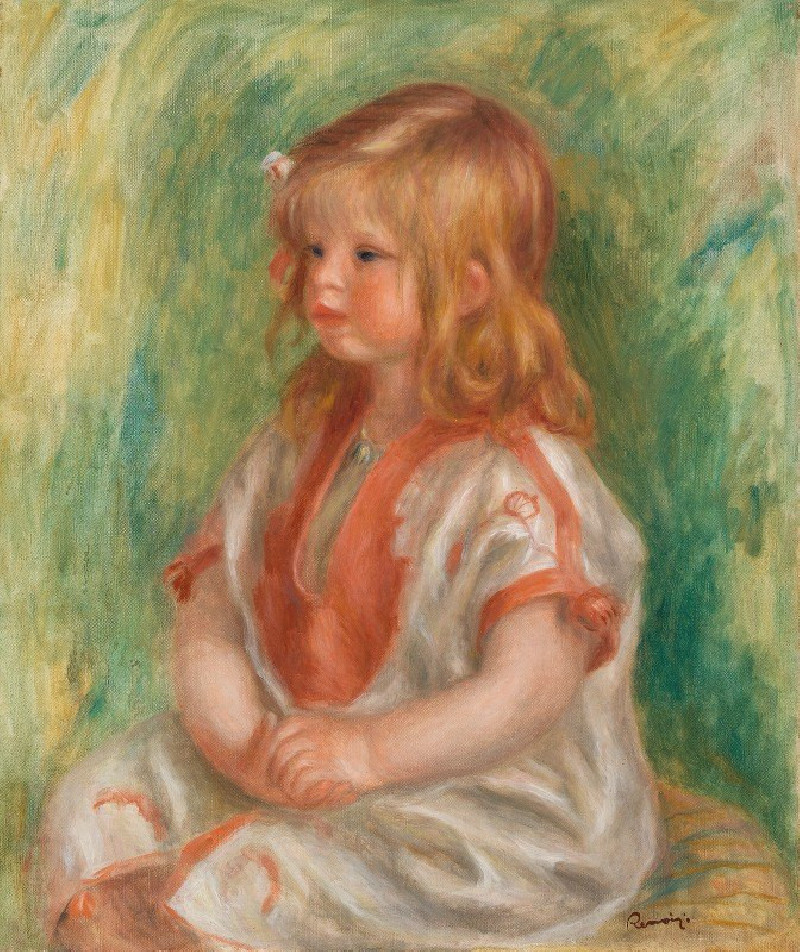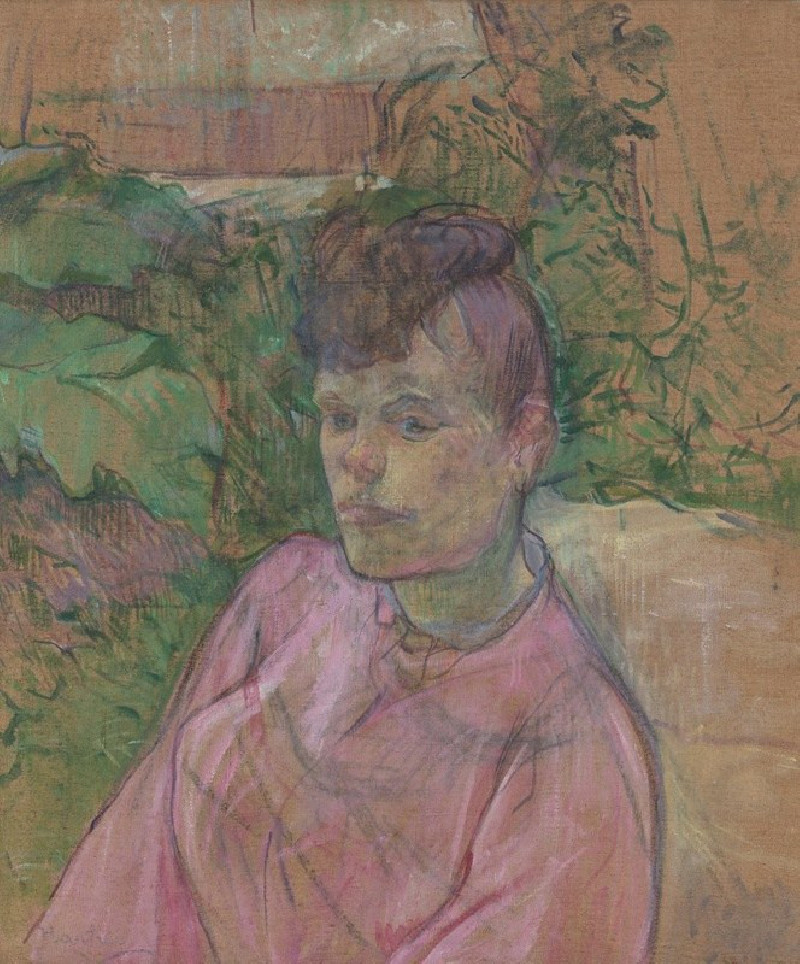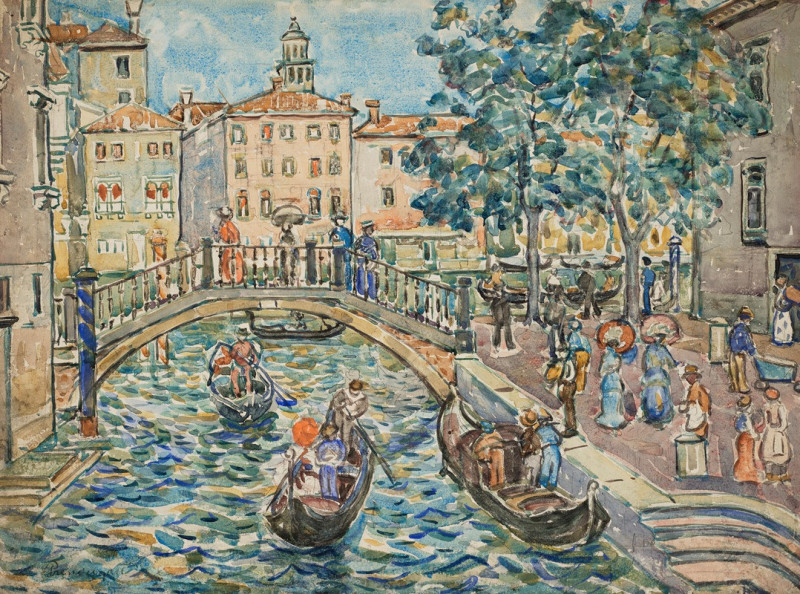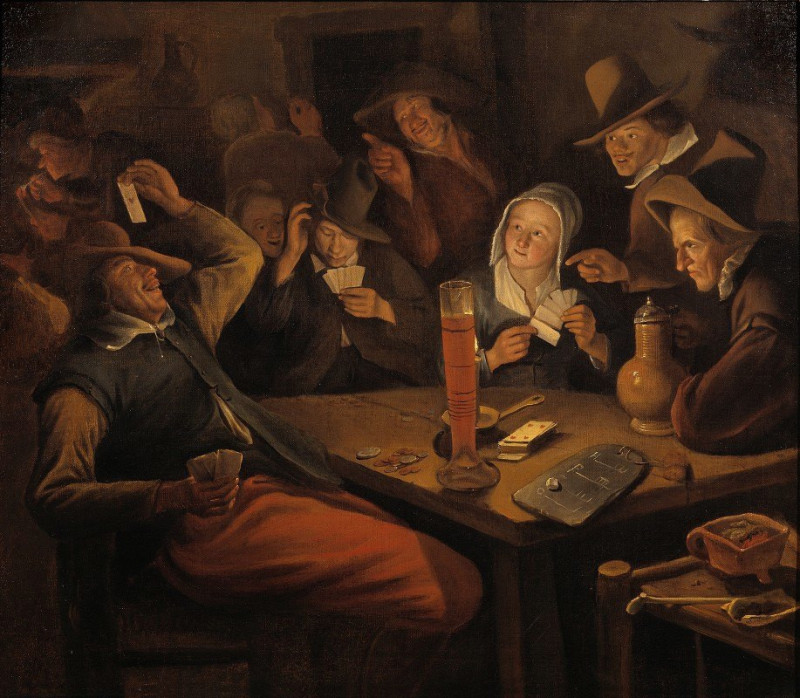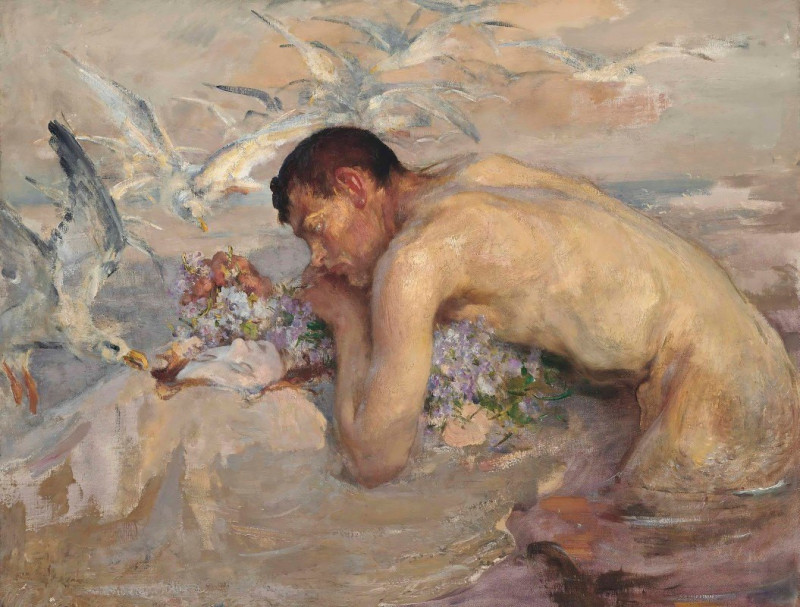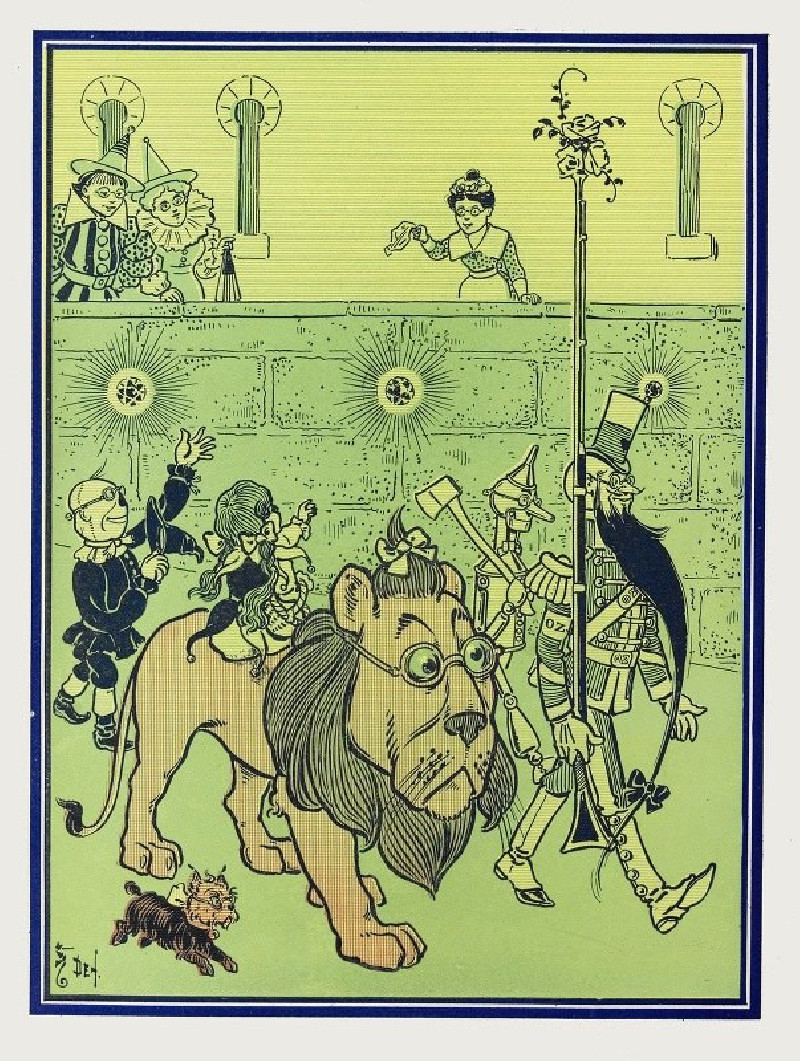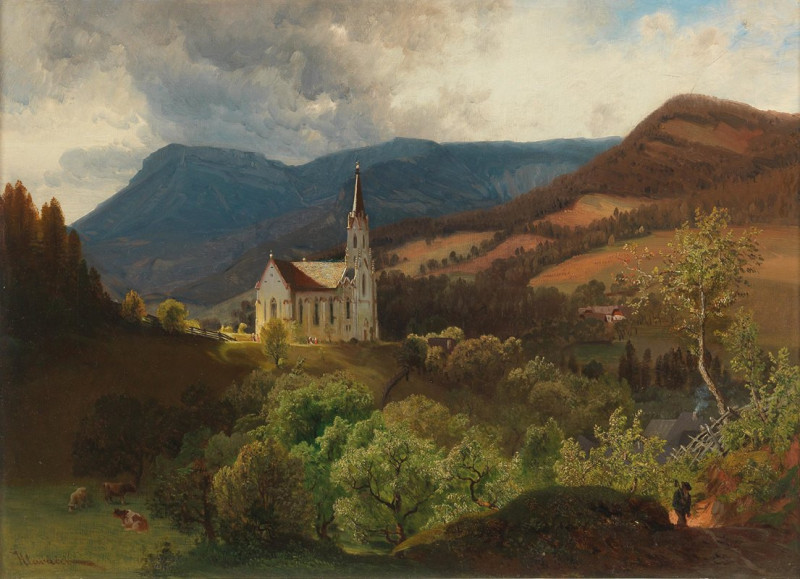The Windmill (1641)
Technique: Giclée quality print
Recommended by our customers
More about this artwork
Rembrandt van Rijn's 1641 etching, "The Windmill," stands as a profound testament to the artist's mastery in capturing the essence of Dutch landscapes and daily life. This exquisite work details a robust windmill, its sails proudly outstretched, dominating the foreground of a typical pastoral scene. The etching intricately portrays the wooden structure of the windmill, highlighting its powerful presence amidst the more subtly sketched surroundings.Adjacent to the windmill, a cluster of rustic houses nestled under thatched roofs adds a human element to the landscape, suggesting the life and activity that revolves around this central milling structure. Rembrandt's skill in using fine lines to depict the rough textures of the wood and thatching, as well as the delicate play of light and shadow, brings a dynamic realism to this tranquil scene.In the background, the horizon stretches far and wide, hinting at the expansive Dutch countryside. This portrayal not only reflects the physical landscape but also metaphorically underscores the significance of windmills in the 17th-century Dutch economy and culture."The Windmill" by Rembrandt is more than just a depiction of a rural scene; it is a window into the historical significance of these structures, showcased through the artist's timeless technique and keen observational eye.
Delivery
Returns
Rembrandt Harmenszoon van Rijn was a Dutch draughtsman, painter, and printmaker. An innovative and prolific master in three media, he is generally considered one of the greatest visual artists in the history of art and the most important in Dutch art history. Unlike most Dutch masters of the 17th century, Rembrandt's works depict a wide range of style and subject matter, from portraits and self-portraits to landscapes, genre scenes, allegorical and historical scenes, and biblical and mythological themes as well as animal studies.


